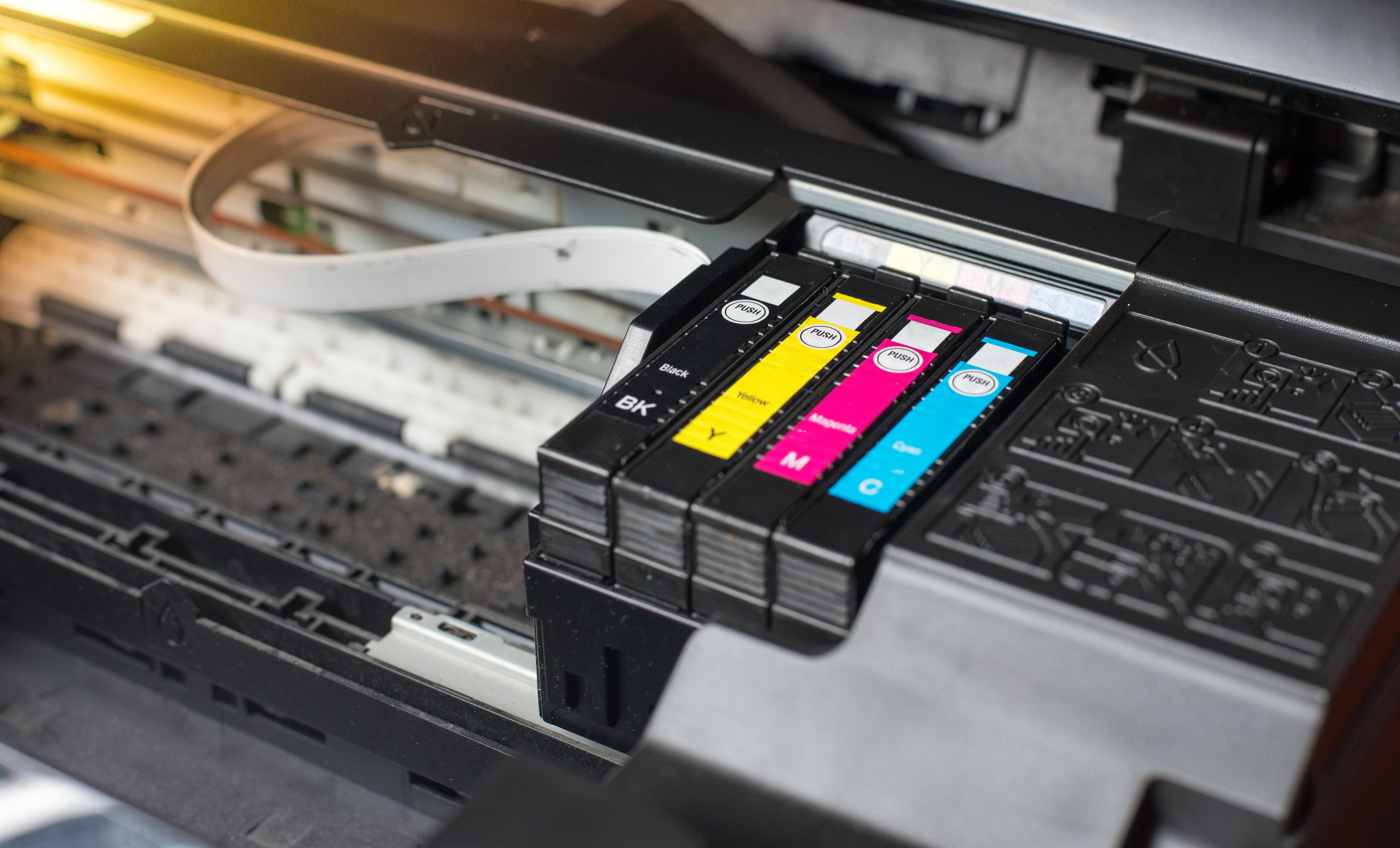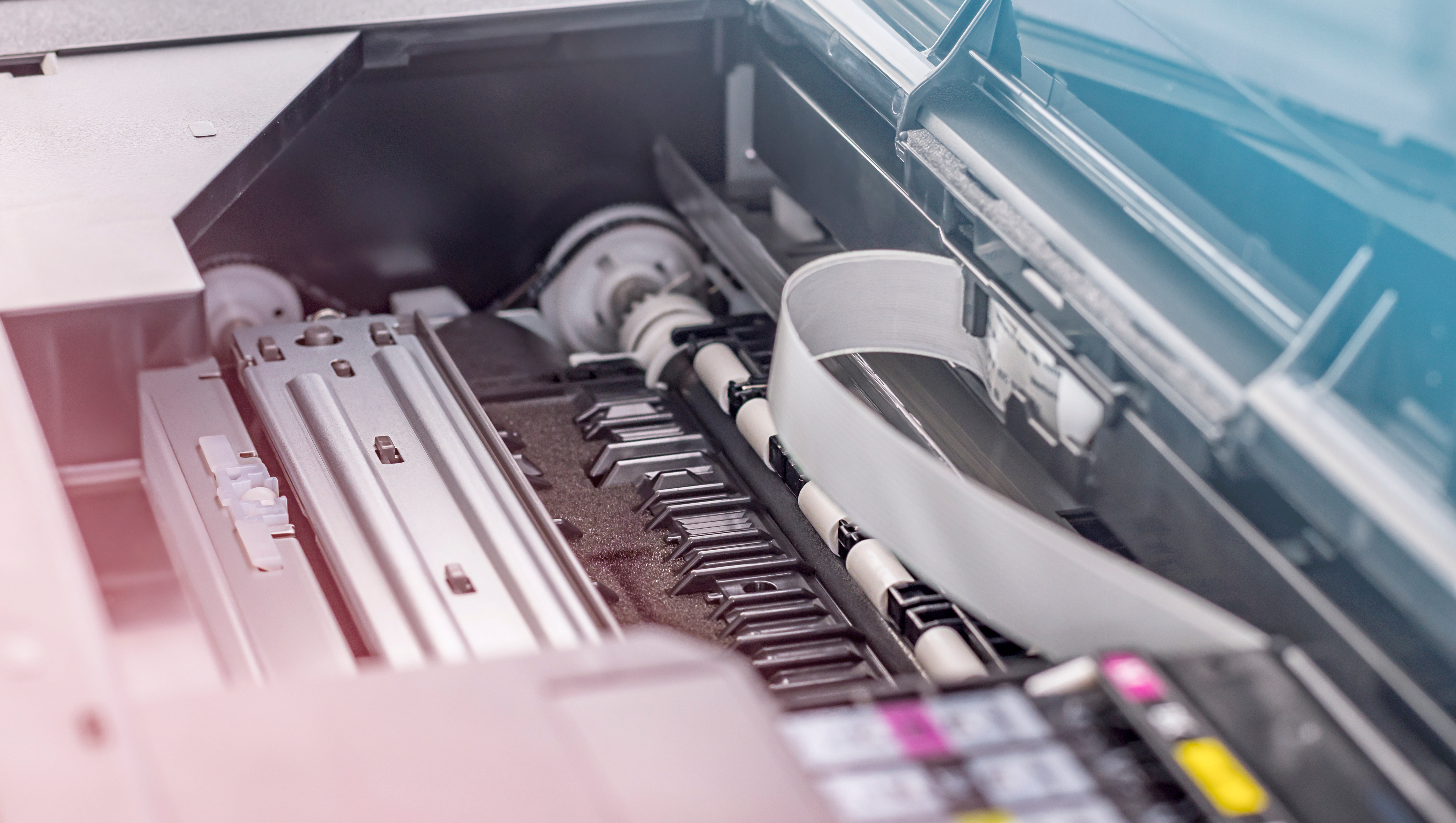The Evolution of Direct Mail: How Inkjet Technologies Are Transforming the Industry
Direct mail has long been a cornerstone of marketing, offering a tangible way to connect with customers. But like many industries, it’s undergone...
3 min read
Tyler Spalding
:
10/1/24 9:00 AM

 In this interview, we sit down with Vern Felty, Vice President of Continuous Improvement at The Marek Group, to discuss the evolution of direct mail and how new technologies, like inkjet mailing systems, are transforming the industry. Vern shares his expertise on the differences between traditional and modern direct mail, the value of direct mail compared to digital alternatives, and how businesses can better integrate direct mail into their marketing strategies. Vern’s experience sheds light on how companies can leverage direct mail to create personalized, impactful customer experiences while evolving with modern marketing trends.
In this interview, we sit down with Vern Felty, Vice President of Continuous Improvement at The Marek Group, to discuss the evolution of direct mail and how new technologies, like inkjet mailing systems, are transforming the industry. Vern shares his expertise on the differences between traditional and modern direct mail, the value of direct mail compared to digital alternatives, and how businesses can better integrate direct mail into their marketing strategies. Vern’s experience sheds light on how companies can leverage direct mail to create personalized, impactful customer experiences while evolving with modern marketing trends.
(Vern Felty, Vice President - Continuous Improvement)
A: The primary difference between traditional direct mail and modern inkjet systems lies in the personalization and customization capabilities. Traditional direct mail, often produced with static print and a simple address label, offers little room for personalization beyond the recipient’s name. The inkjet model, on the other hand, allows for high levels of personalization—beyond just addressing the recipient, the entire piece can be tailored to their preferences and needs. This results in a more engaging experience for the recipient, making it harder for the mail piece to be dismissed as "junk mail." Inkjet systems also offer more efficient production times and flexibility in the design process.
A: While digital marketing is pervasive, direct mail offers unique advantages that can complement digital efforts. Direct mail feels more tangible and is less likely to be perceived as spam compared to unsolicited emails. A study by Postary found that direct mail open rates range from 57.5% to 85%, which is 3-4 times higher than email. Moreover, the average read rate of direct mail is around 42%, and response rates hover between 2.7% and 4.4%, significantly higher than email’s 0.6%. These numbers illustrate the impact that physical mail can still have in an era dominated by digital communication.
A: Direct mail can evolve by integrating technology to create a seamless, multi-channel marketing experience. For example, personalized QR codes, unique URLs, or augmented reality (AR) features can be added to direct mail pieces, driving recipients to digital content like landing pages, social media, or videos. Furthermore, combining direct mail with data-driven marketing strategies can create tailored content for individual recipients. Direct mail can also be synced with digital campaigns, creating a holistic customer journey that spans both physical and digital touchpoints, improving engagement and conversion rates.
A: Digital marketing enhances the effectiveness of direct mail campaigns by connecting physical mail to online channels. Tools like HyprMail, which was initially introduced to help bridge direct mail and digital marketing, are a great example. With solutions like these, businesses can track the effectiveness of mail campaigns, incorporate personalized URLs (PURLs), and even automate follow-up emails based on mail responses. By combining the strengths of both mediums, companies can create more cohesive, data-driven campaigns that reach customers across multiple platforms.
A: A great example is The Mailworks, which successfully transitioned from traditional offset printing to digital printing, using modern inkjet technologies. This shift allowed them to offer highly personalized mail pieces, improving response rates and customer engagement. They moved away from static prints with monochrome addressing to dynamic, full-color personalized mailers. This transition opened new opportunities to increase ROI and develop more interactive and engaging direct mail campaigns.
A: Direct mail offers tremendous potential for driving results, particularly when combined with digital marketing. As we support clients with these solutions, we can consider utilizing similar strategies for our internal campaigns. By moving away from static mailers and incorporating personalization, data-driven insights, and digital integration, we can boost response rates and customer engagement. A good next step would be re-evaluating our existing tools, like HyprMail, and exploring new solutions that allow us to have more control over our campaigns while delivering measurable results.
Direct mail has evolved from being a static medium to becoming an integral part of multi-channel marketing strategies. Understanding and leveraging this evolution will help us—and our clients—stay ahead of the curve.

Direct mail has long been a cornerstone of marketing, offering a tangible way to connect with customers. But like many industries, it’s undergone...

In the digital age, the relevance of direct mail in political campaigns remains strong. Direct mail offers a tangible way to connect with voters,...

In the high-stakes world of political campaigning, reaching and engaging with voters is crucial. The debate between traditional direct mail and...